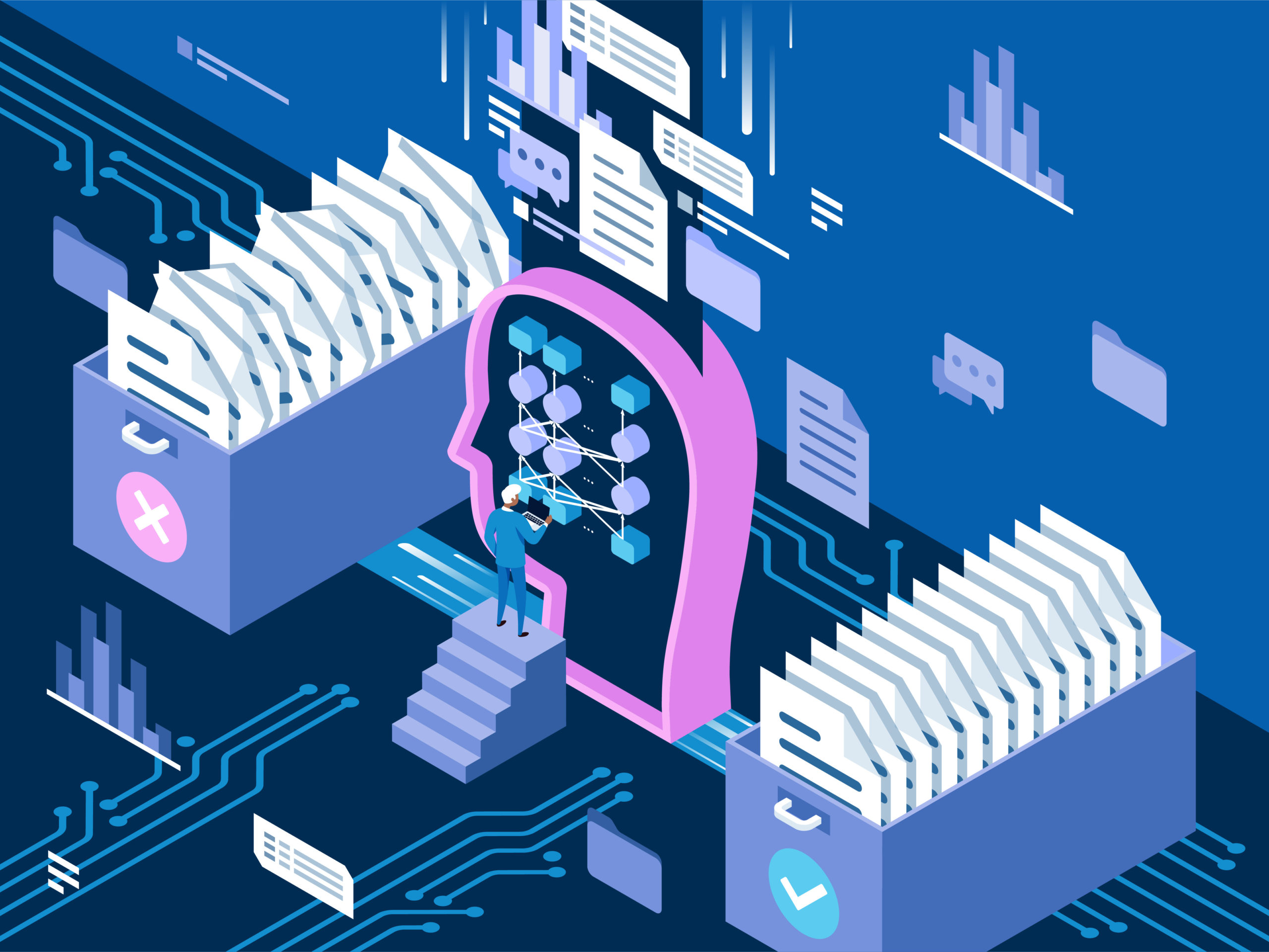According to TensorFlow.org, TensorFlow is “an end-to-end open source platform for machine learning. It has a comprehensive, flexible ecosystem of tools, libraries, and community resources that lets researchers push the state-of-the-art in ML and developers easily build and deploy ML-powered applications.”
It’s also described as “an entire ecosystem to help you solve challenging, real-world problems with machine learning.”
In short, TensorFlow provides an easy way to build models. It’s an advanced machine learning platform that you can easily build, deploy, and experiment with. It is your solution to your recurring machine learning problems.
Who Created TensorFlow?
Researchers from Google created the open source framework TensorFlow in order to run deep learning, machine learning, and other types of analysis to predict statistical outcomes.
It has the ability to streamline the advanced analysis work that statisticians, predictive modelers, and data scientists find incredibly helpful. Why would they go with the name TensorFlow? Since machine learning uses lots of high-level math, its name describes what it is capable of doing.
About TensorFlow

TensorFlow is able to take care of arrayed data sets by using them as computational nodes in graph form. It was actually given its name because it creates tensors made of the connected nodes in a graph that represent multidimensional vectors.
Data flow architecture uses generalized results from the computations, and even works well with big parallel processing applications, like neural networks.
This framework also has low-level and high-level APIs. It is best to utilize the high-level APIs when you can in order to simplify the development of the application programming and pipeline development. The low-level APIs Google has named “TensorFlow Core” are useful for experimenting and being able to debug applications.
The Evolution of TensorFlow
You can run TensorFlow on high-performance graphics processing units like GPUs, conventional CPUs, and Google’s tensor processing units TPUs. A TPU is a custom device that Google designed for TensorFlow jobs to be done at a quicker rate. They were first released to the public in 2016 after internal use using TensorFlow to run their online services (like Street View and RankBrain) along with their applications.
Google then created the second generation of TPUs in 2018 for their Google Cloud Platform. Google designed TensorFlow to work separately from its own computing infrastructure. The code is portable for other uses. It’s a machine learning framework that doesn’t concentrate so much on neural networks like Google’s older closed-source framework DistBelief. TensorFlow has the capabilities of quicker configuration and running against high-level APIs.
TensorFlow In Action
TensorFlow changes how easily code can be sent to people around the world. It is used in Google’s speech recognition, Gmail, Google photos, and search functions.
But Google isn’t the only one using TensorFlow. It can also be an add-on for machine learning modules and AI development suits from other companies like Microsoft and IBM. Google has created something so needed in the tech world that even big companies like eBay, Twitter, Snapchat, and Airbnb use the framework of TensorFlow. Sports consulting company STATS LLC even uses its models in order to analyze the movements of professional sports players.
Google has once again changed the game with something that started as a small research project, which has now grown into a new way to easily take advantage of machine learning.
Dive into Machine Learning with TensorFlow

Learn foundational machine learning techniques — from data manipulation to unsupervised and supervised algorithms with the Machine Learning with TensorFlow Nanodegree.

